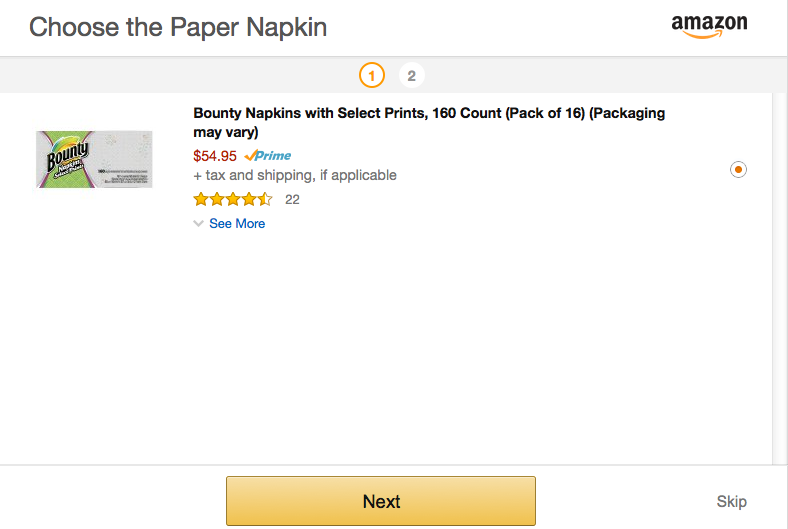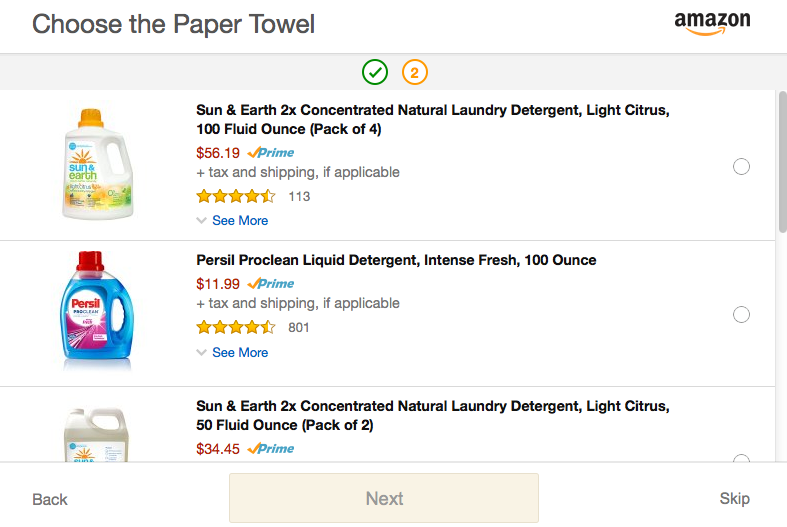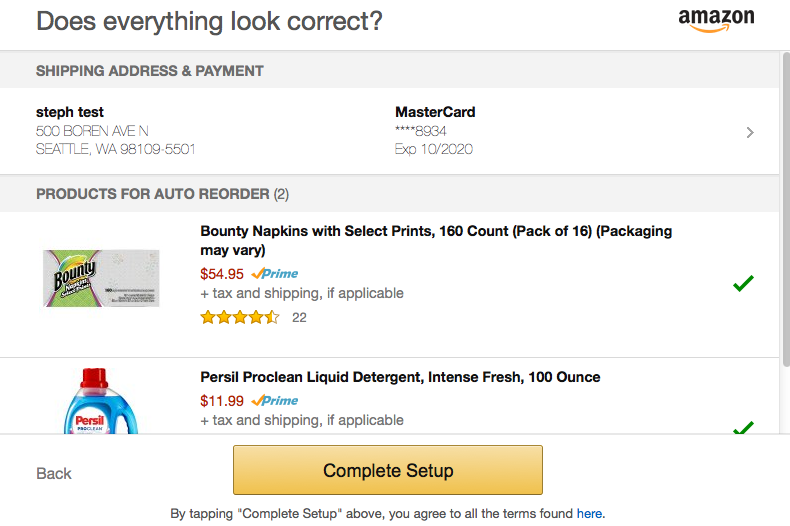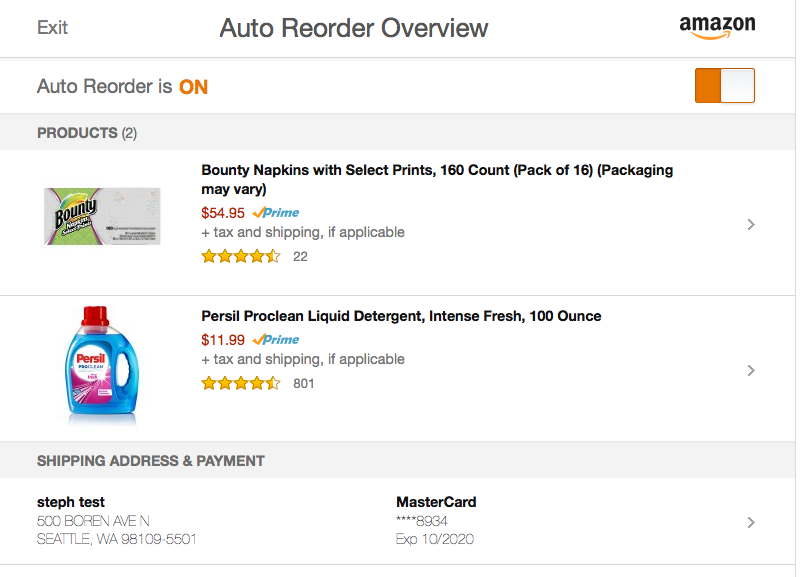
Creating a setup user interface to register an Amazon Dash Replenishment Service (DRS) device

Problem: Customer had no way to register a DRS device after purchasing it. They didn't have a way to select items that they wanted their DRS devices to purchase or a way to send it to a particular location. They didn't have a way to order products or cancel the ability of the reordering feature.
Goals: Give customers a pain-free, one time experience that they can go through to completely and full register their device.
Solution: Create a setup experience that allows the customer to set all the features that are essential to the device functioning properly. Also create a settings page that the customer can come back to and change any of the properties that they first set.
My roles: Interface design, user research/testing, multi-platform support, software development, systems design
Tools: Photoshop, HTML, CSS, Javascript, Java
Project duration: ~6 months
Features:
For this project we already had a main UX lead, so I mainly focused on development work. I show some of the preliminary designs I received below. (P.S. Sorry for some of the blurry images - they are all I have since I don't have the originals).


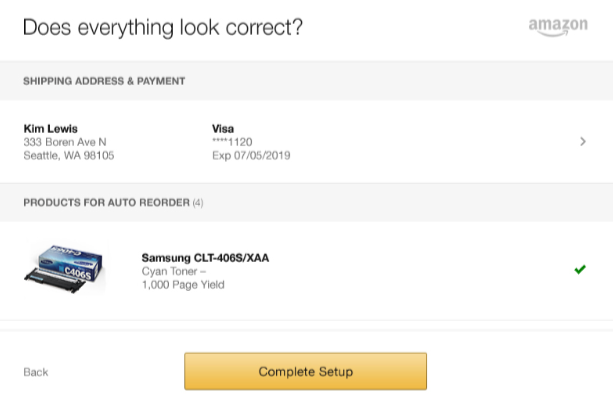
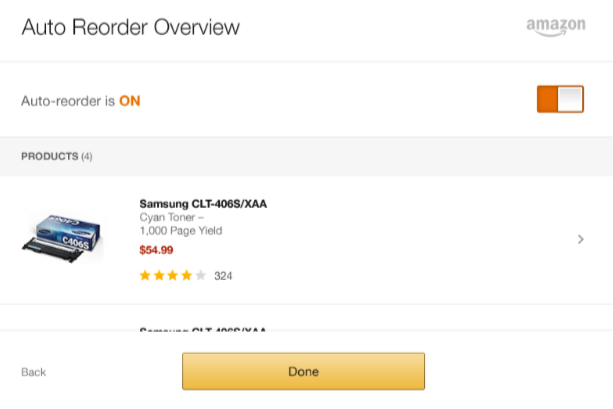
Use case: When a user selects an item, it means that user wants the DRS device to reorder that item when the device runs low on said item. After selecting an item at setup, users are allowed to change that item later through a settings page. The following is an initial design for allowing the user to "stop selecting" a certain item.
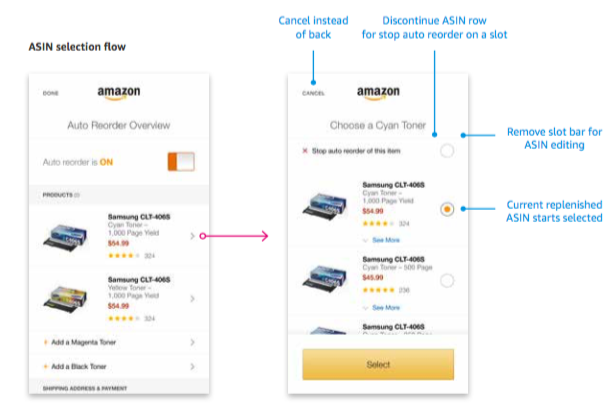
Alternative: I proposed that instead of having this as a radio button, we put something in line with the element itself (such as a small 'x', or a 'cancel' bar) that would simply deselect the radio button immediately. This provided many benefits:
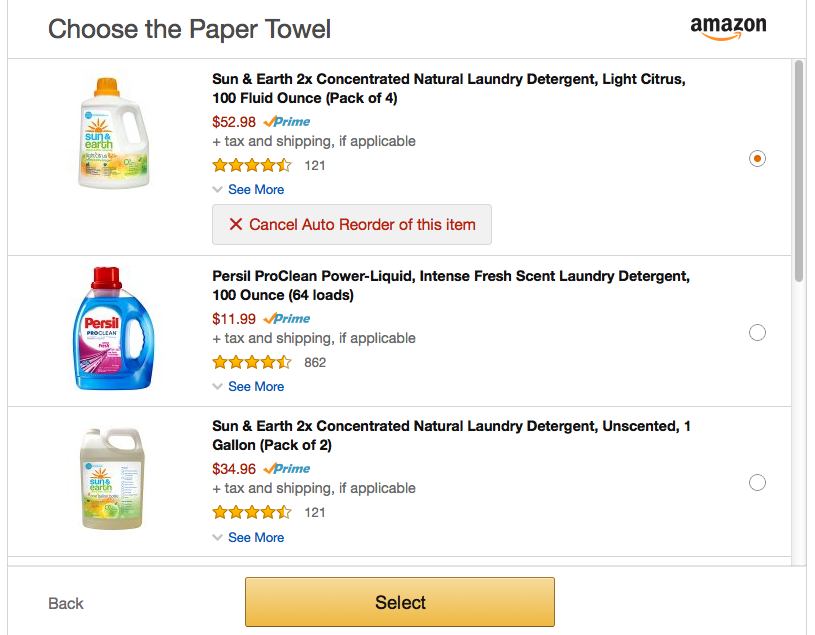


Use case: The user can select multiple items for each device. For example in the case of a printer, the user can select Black, Magenta, and Cyan inks. The user can also choose not to select items for these categories if they do not want to order a specific color (ex: they only want to print black and white photos). The initial designs (below) did not clearly display this case to the user. When the user did not select any items for a particular category, that category simply did not appear in the summary or settings page. If the user accidentally skipped a slot, it was difficult to be reminded of how to navigate to a screen that would allow them to select the item.
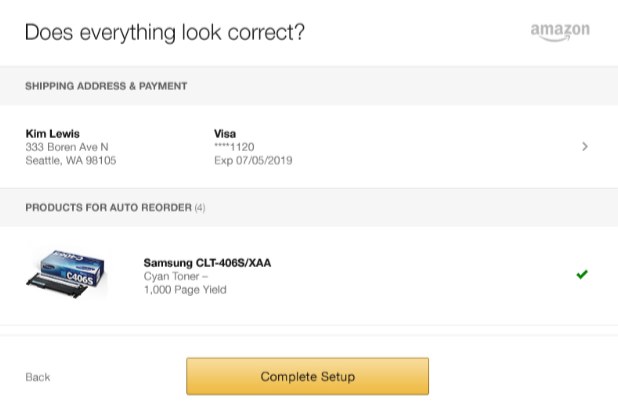
Alternative: I proposed an add-on to the design that would include each category that the user had NOT selected as an "emtpy slot". This provided many benefits:
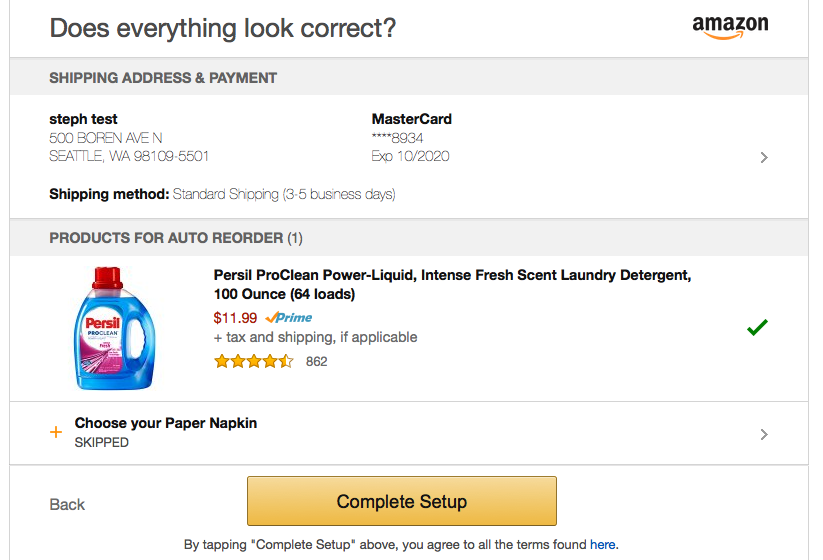

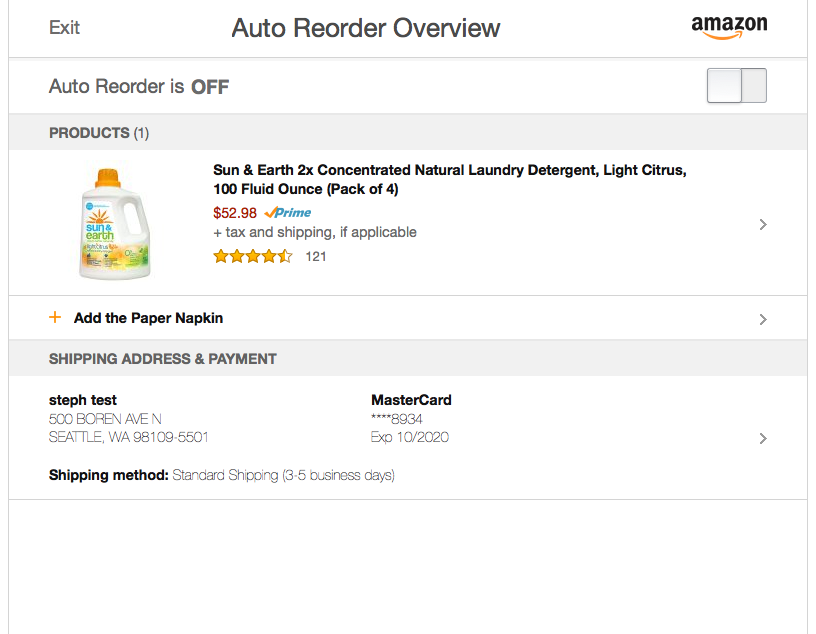
Use case: The user has an option to skip a category during setup. Initial designs also used this "skip" to clear a selection if the selection was already present. For example, if the user selected an item, then went back to that item at a later time in the setup process, then clicked "skip", it would act as if the user never selected that product.
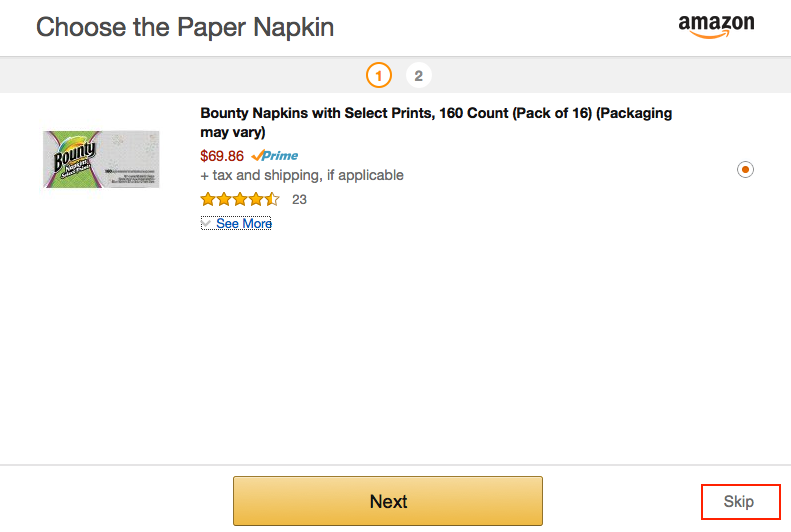

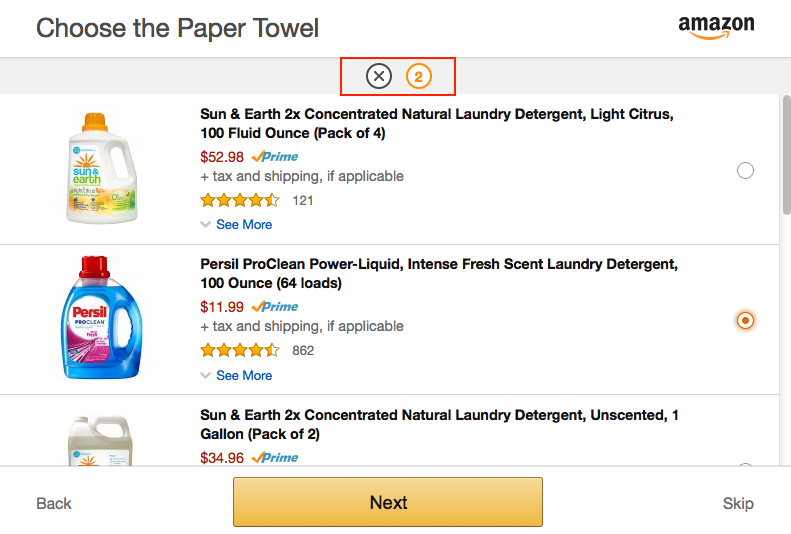
To me this seemed confusing:
Alternative: I proposed that instead of this we simply kept the paradigm of what was shown in the settings page. The user would see a "cancel reorder" or similar element that would allow them to deselect that item. The pros were:
Use case: The smallest popular phone in the market is an old iPhone with rough screen dimension of 330 x 550. This is an extremely small space to work with, and with the addition of various features to the setup UI, it quickly became crowded. I collaborated with our UX lead to come up with multiple ideas on how to save screen real estate. Although space wasn't as much of a concern on desktop, I also made some additional tweaks to improve experience and look.
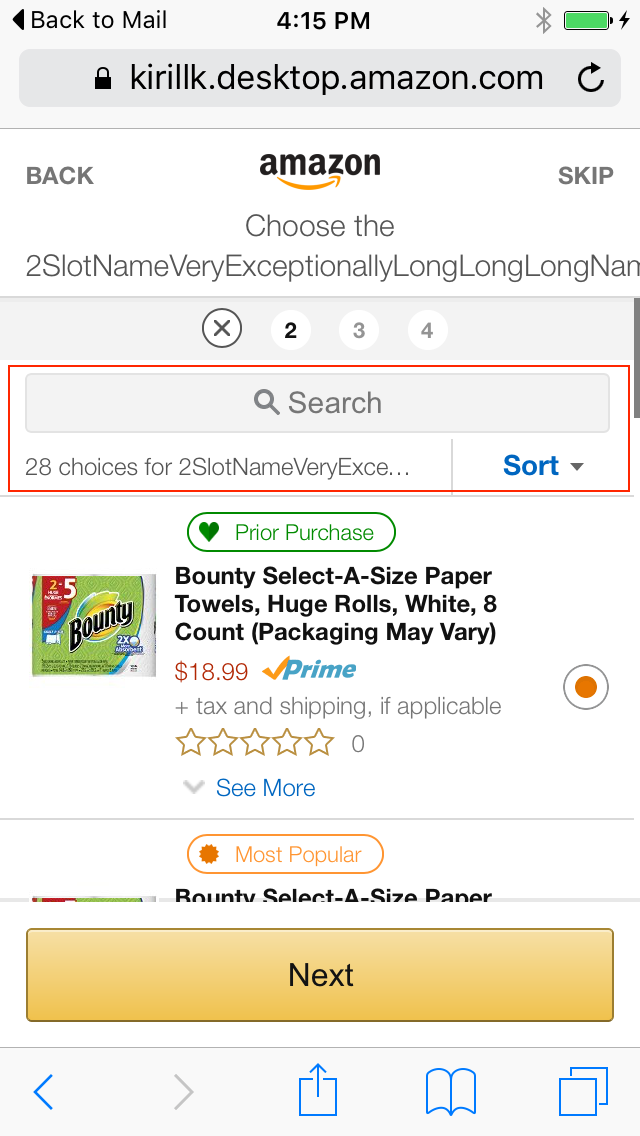

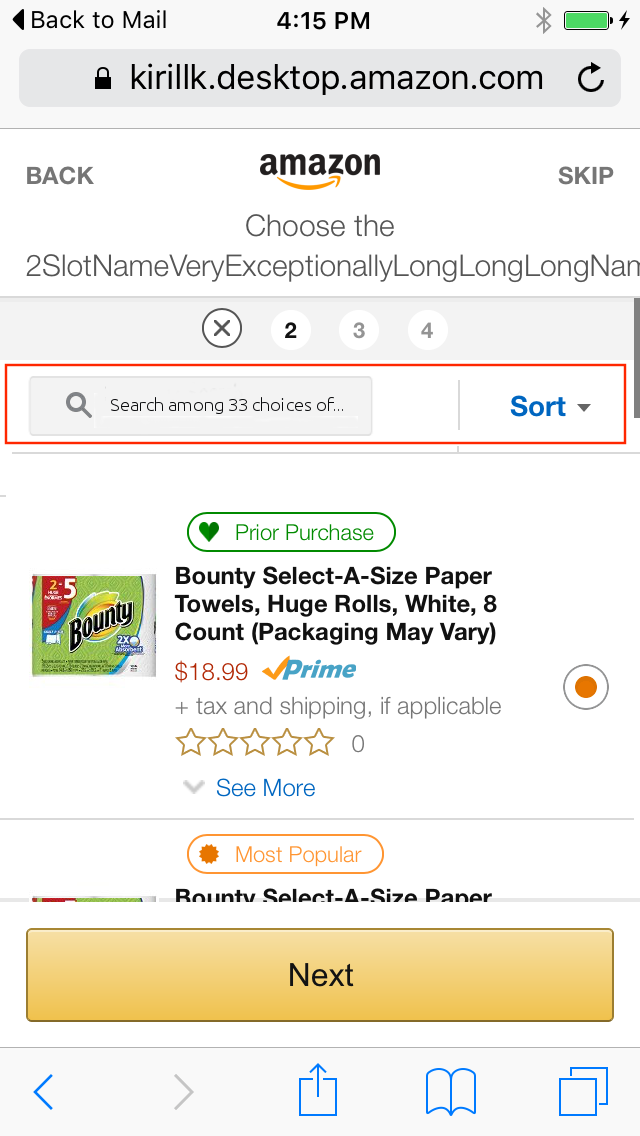
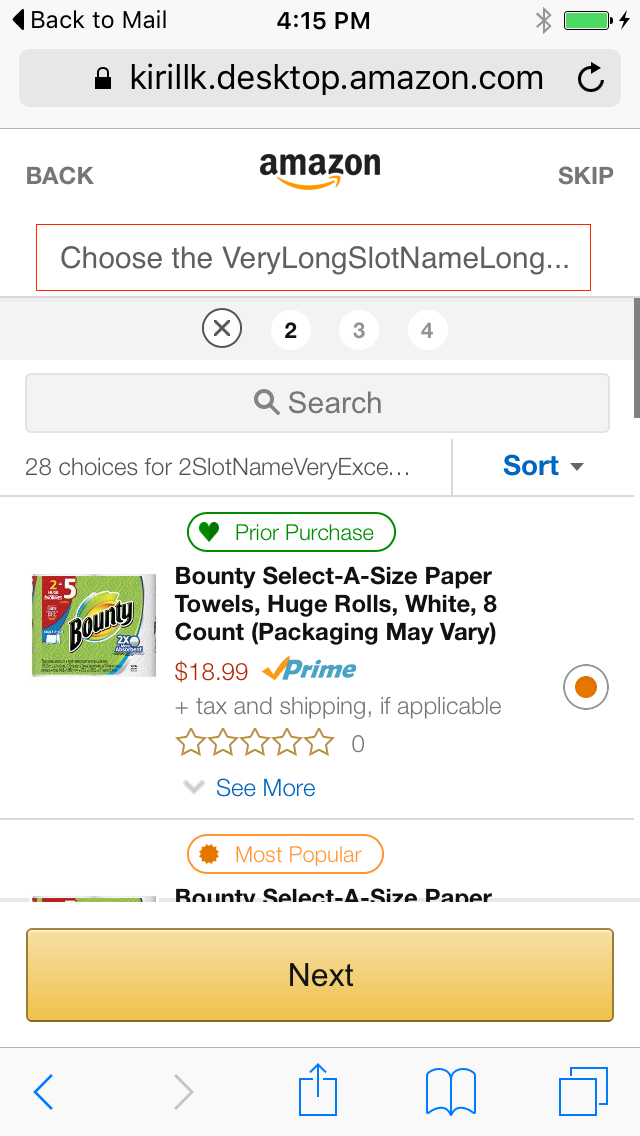
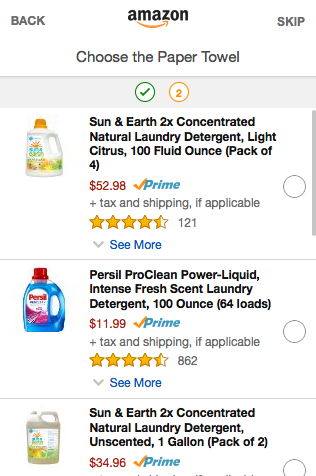
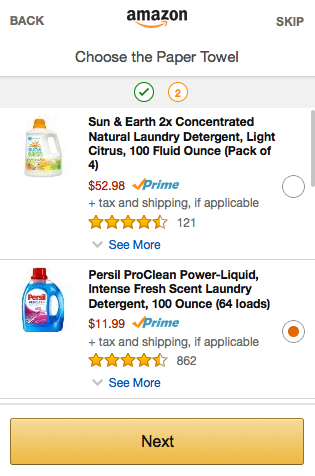
Mobile space improvements:
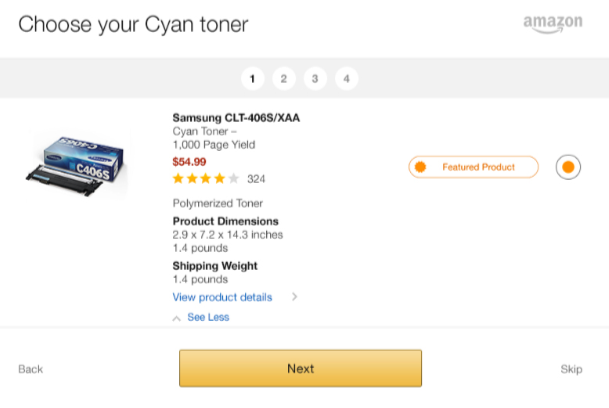

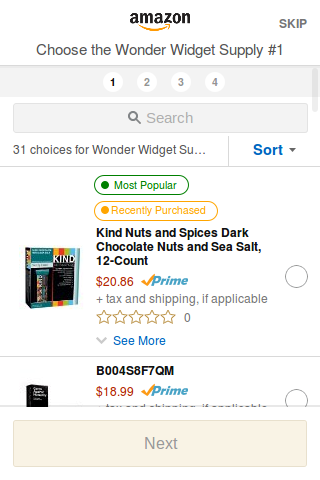
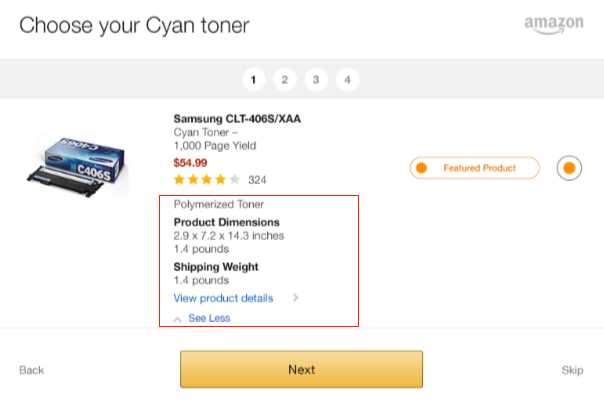
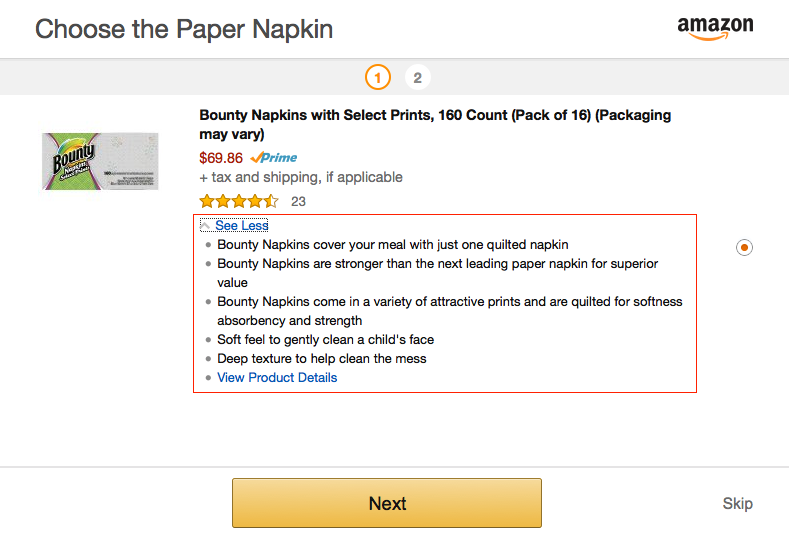
Desktop improvements:
These were the final designs.
